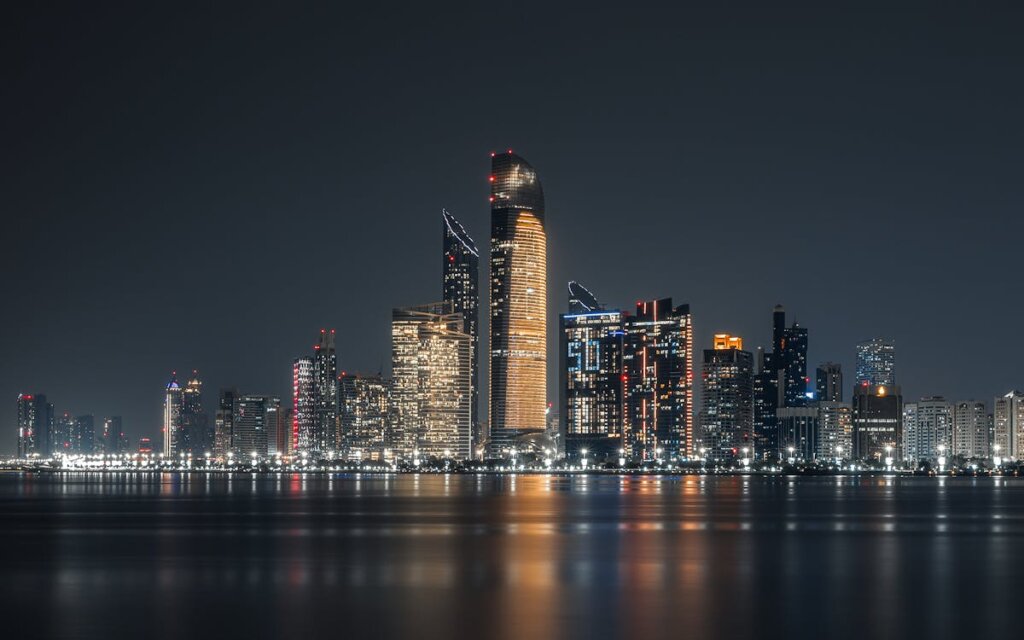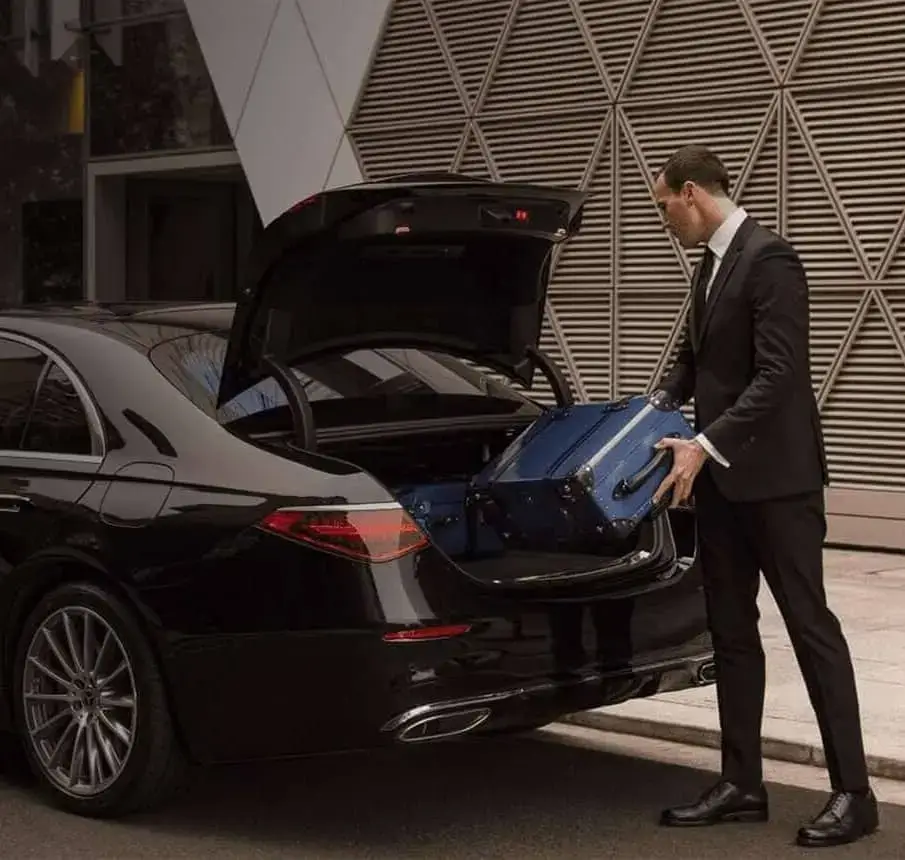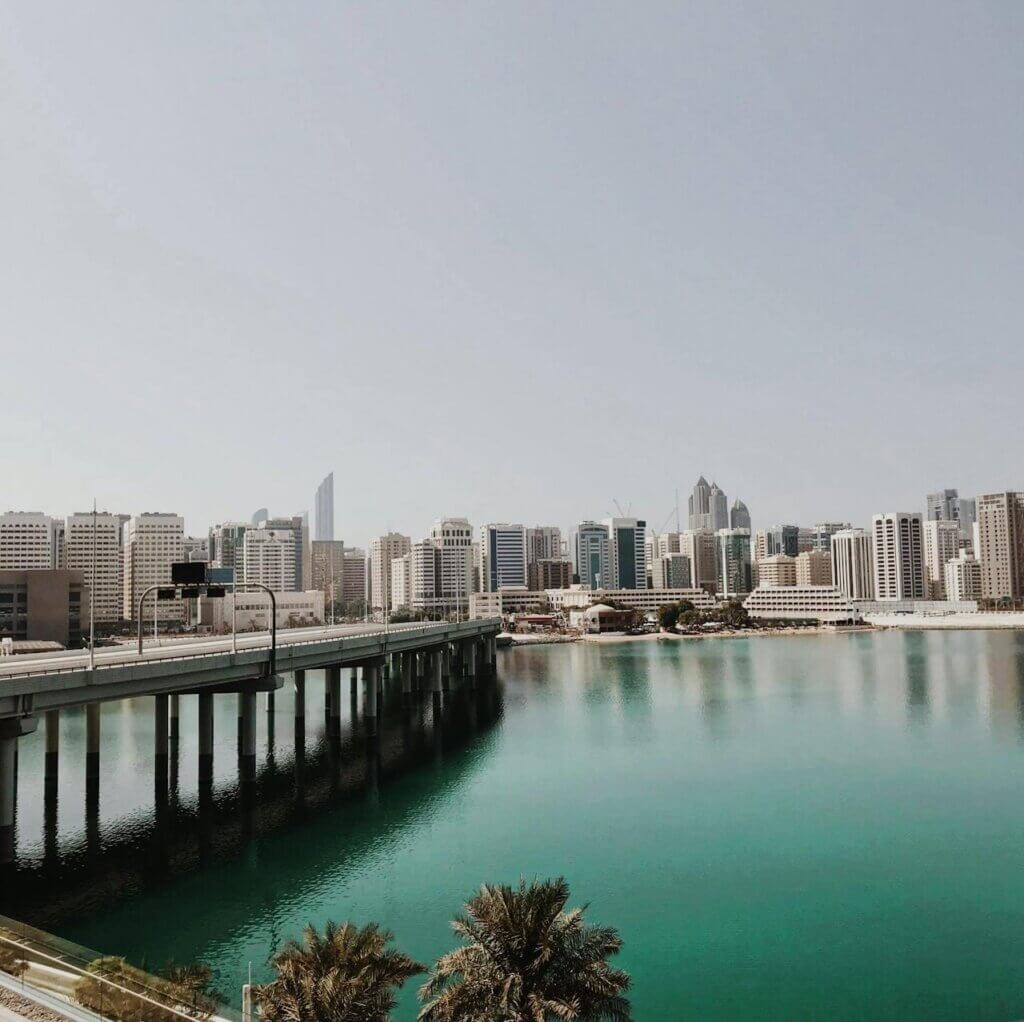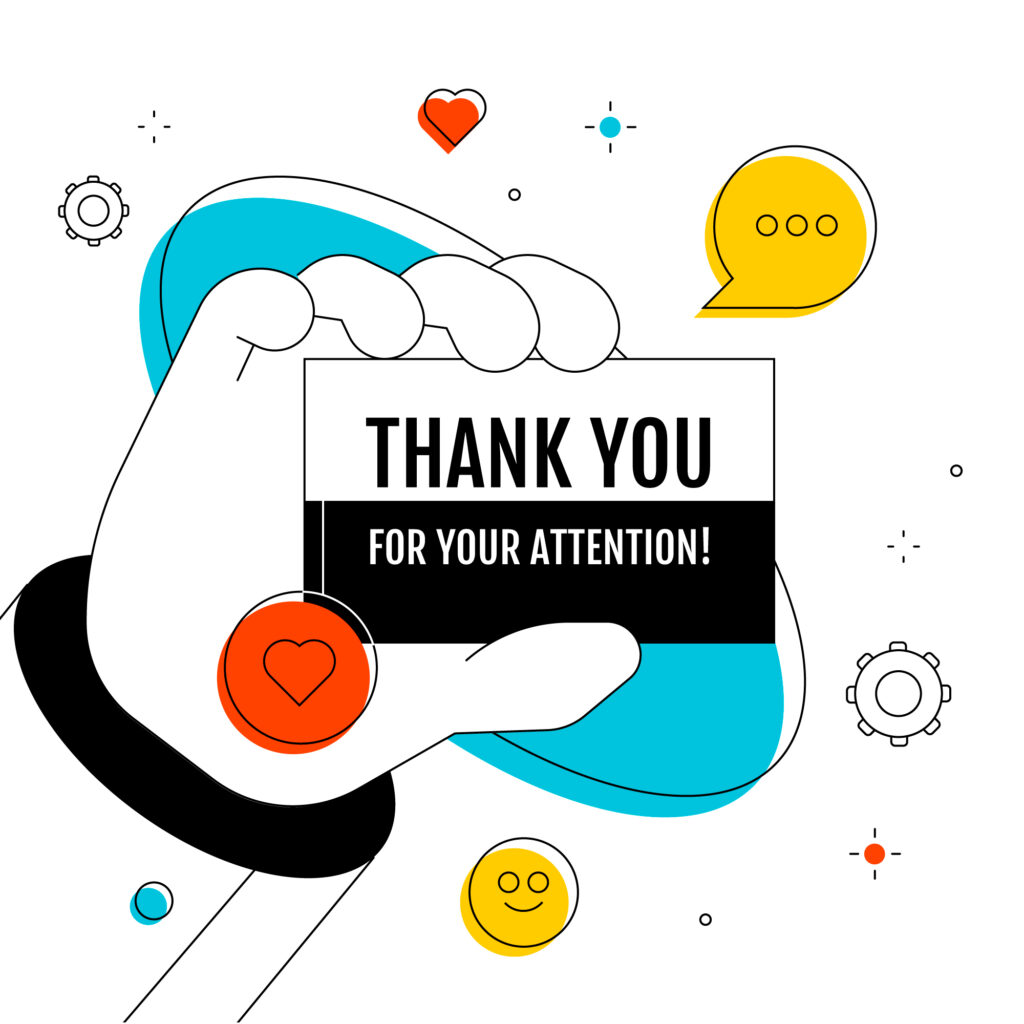
Traffic regulations exist to ensure predictability. If everybody can guess where everyone else is going, they can make informed decisions, avoid potential hazards, move confidently, and drive defensively.
This is why the Roads and Transport Authority (RTA) and Dubai Police heavily penalize the failure of a light vehicle to abide by lane discipline. Violate lane discipline, and you will be fined at least AED 400.
The Lane Discipline Fine in Dubai: Why It’s Enforced
According to a report by the Ministry of Interior, there were approximately 66 distinct causes of road accidents in the United Arab Emirates in 2024. Sudden swerving, a lane discipline issue, caused the most accidents at 827, while distracted driving came in second with 776.
In Dubai, sudden swerving led to 676 traffic accidents. Abu Dhabi had 52, Fujairah 51, Ras Al Khaimah 22, Sharjah 14, Umm Al Quawain seven, and Ajman five. The data highlight how dangerous sudden swerving is to road safety in the UAE and justify the intensifying campaign against the violation of lane discipline in Dubai.
The Failure of Light Vehicles to Abide by Lane Discipline: Meaning and Specific Violations to Avoid
What does it mean to violate lane discipline in Dubai? It’s refusing to stay in your vehicle’s designated lane, moving in a way that makes you unpredictable, and not obeying road markings.
What does violating lane discipline in Dubai look like? Below are the specific ways a motorist can incur a lane discipline fine in Dubai. Make sure to add these to your checklist of lane discipline violations to avoid.
1. Passing on a No Passing Line
The no-passing line is a continuous, yellow vertical line along the road (i.e., oriented in the same direction as the roadway) that separates your lane from another lane. You must not cross this no-passing line to make a turn or to overtake a vehicle if you don’t want to incur a lane change fine in Dubai.
The same rule applies to a double solid yellow line. Vehicles on either lane may not pass the yellow line and occupy the adjacent lane.
What if two yellow lines separate two lanes, but one is a broken line while the other one is solid? Remember this: You may not cross into the other lane if you’re on the side of the solid yellow line, but you may do so if needed if you’re on the side with the broken yellow line.
2. Not Stopping on a Stop Line
The stop line is a solid white line painted across the lane (i.e., perpendicular to the lane direction). You’ll normally find it near intersections, crosswalks, and traffic lights.
A stop line indicates where you must come to a full stop if a sign, light or other device tells you to.
If there’s a traffic light ahead of the stop line and the light is red for your lane, stop by the line and go on only when the light turns green. You don’t need to stop at all if the light is green on your approach.
If the stop line comes before a stop sign, stop completely by the line. If there is a pedestrian lane in front, stop completely by the stop line.
If you don’t stop by the stop line at a red light, with a stop sign, or ahead of a pedestrian crossing, you’ll be violating lane discipline.
How about a stand-alone stop line or one without any of the above stop cues? A stand-alone stop sign before an intersection is a signal to stop by the line. Observe the flow of traffic before you emerge onto the main road.
What if it’s a stand-alone stop line without a junction or any visible reason for you to stop? Even in this case, slow down as you approach the line and pause momentarily to gauge if you must yield to an occasional motorist, bicycle, or pedestrian.
3. Not Giving Way Despite a Giveway Line
The giveway line is a broken line across your lane. You’ll usually find it on the emerging lane at the junction of a T-intersection, and it’s a signal that you must give way to cross-traffic or vehicles that will cross in front of you.
4. Not Yielding to Pedestrians in a Pedestrian Crossing
The pedestrian crossing is a series of thick, white lines running across the road. If you see them ahead of you, slow down because motorists must give way to any pedestrian using the crossing.
5. Cutting in Line
Let’s suppose multiple lanes are merging ahead, and there’s heavy traffic because of it. To minimize the delay, you overtake all the waiting cars and cut in near the front of the line. You then insert yourself into the nose-end of the queue.
6. Overtaking From the Right
Overtake on the left. Overtaking is also only ever allowed if the lane has broken white lines on the left.
Following this rule ensures vehicles behind you can predict your movements. Meanwhile, cars in front can focus on their left-side mirror.
7. Suddenly Changing Lanes
It happens. You’re driving at a steady pace, bobbling your head to some upbeat music. Suddenly, you find yourself a second away from your exit but still several lanes in, far from the outermost lane. Unwilling to miss your turnoff, you turn your signal light on and cross multiple lanes at once, joining the exit lane just in the nick of time.
Do not suddenly change lanes. Sudden swerving means a sure penalty from Dubai Police.
8. Not Driving In Your Designated Lane
If there’s a compulsory lane for light vehicles, stay in that lane. On roads that segregate traffic according to vehicle type, use only the vehicle designated for light vehicles and do not cross over to the lanes designated for buses, trucks, and heavy-duty vehicles, if any.
9. Not Following Traffic Lane Arrows
An inner lane with an arrow pointing left indicates traffic on that lane must turn left, with no exceptions. Likewise, a U-turn arrow on an inner lane means the vehicles on that lane must take the upcoming U-turn. A straight line arrow means you must proceed straight ahead without turning left or right.
10. Stopping Inside the Box Junction
A box junction refers to a yellow box found in intersections with diagonal squares formed by cris-crossing yellow lines. Do not enter this box unless your exit is clear because this will block the junction.
Avoid the Lane Discipline Fine in Dubai
Non-compliance with the traffic compulsory lane for light vehicles will incur at least AED 400 in traffic fines. Dubai Police can easily identify traffic violators through smart cameras and computer systems that automatically tag violations.
If you want to avoid lane discipline fines, drive well and obey all the rules. Better yet, rent a car with a driver in Dubai, so navigating the roads becomes your driver’s responsibility.
UMC Dubai is a leading provider of luxury chauffeur services in Dubai. Choose from our range of top-tier vehicle brands, including Lexus, BMW, Cadillac, and Mercedes-Benz.
Contact us for your airport transfer and chauffeur service needs in Dubai.




